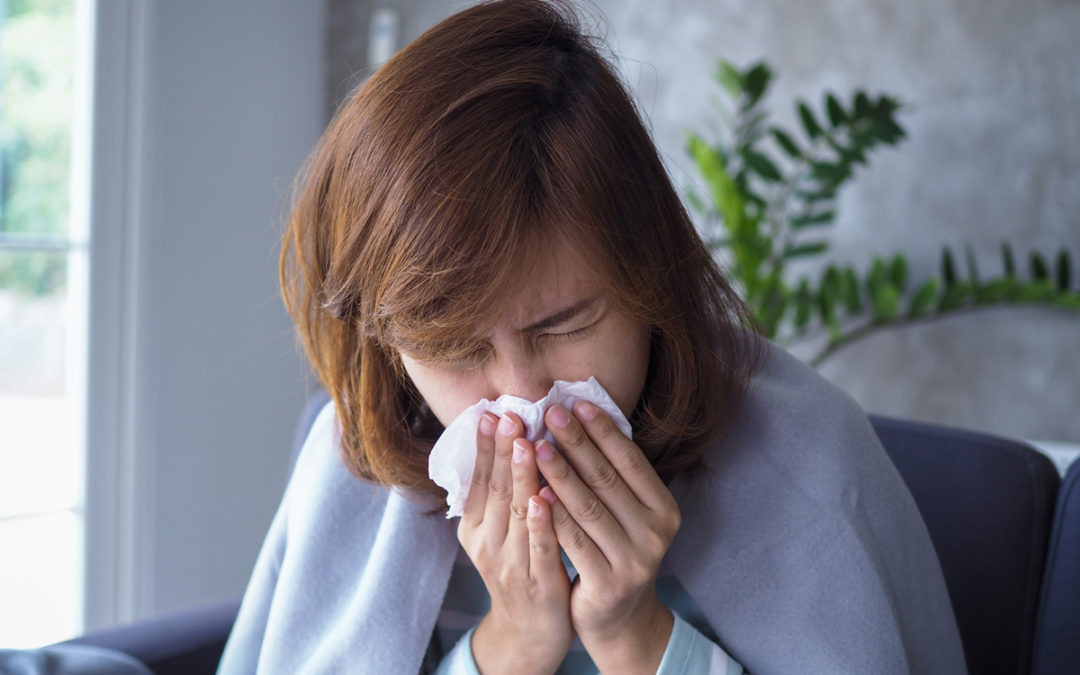It’s February in Chicago – we’re buried under snow, the wind never stops, and now with the COIVID-19 pandemic we are spending even more time indoors out of the cold weather. Unfortunately, just because spring time and traditional allergy season seem far away, there are still many hidden indoor allergens within our homes that trigger the itchey and watery eyes, runny nose and sneezing.
The first and most important step in treating winter allergies is identifying your allergy triggers. Once you know what’s ailing you, then you can take steps to avoid and begin preventative measures. The most accurate and effective way to determine your allergens is to have a comprehensive allergy skin test performed.
In the meantime, you can take action to reduce your exposure to these allergens. Here are a few tips to help make the remaining winter months more bearable.
1. Wash your sheets weekly in hot water to get rid of dust mites. Temperature should be above 130 degrees F for effectiveness.
If you are still experiencing severe allergies symptoms, give our office a call or schedule an appointment online.
Say Yes to Holiday Flair, Not Allergic Flares
Breeze through the holidays and skip the sneezing and wheezing With Thanksgiving around the...
Hidden Halloween Allergy and Asthma Triggers Are Truly Frightful
For some families, Halloween means being on guard for food allergy triggers like peanuts in tiny...
You May Be Ready for College, but Are Your Allergies and Asthma?
Keeping symptoms under control as you leave home That acceptance letter from your dream school...








